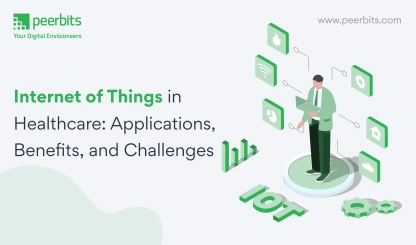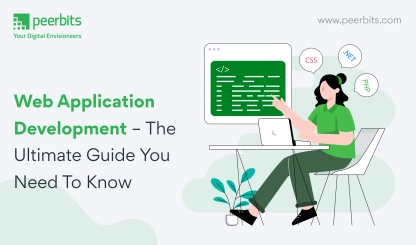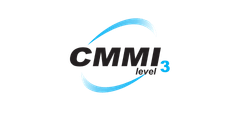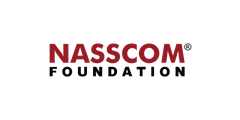A few years ago, hospital visits often felt overwhelming. Long wait times, limited communication, and disconnected systems made it difficult for patients to access care or understand their treatment. That experience has started to shift.
With the growing use of healthcare mobility solutions, hospitals are improving how they connect with patients and deliver care. These digital tools are helping both providers and patients manage health information more easily, while also reducing stress in hospital environments.
Whether it's through remote patient monitoring, direct communication apps, or personalized care tools, mobility solutions are helping improve the hospital experience and enable better patient care.
The rise of mobile technology in healthcare is no longer optional. As more providers adopt custom healthcare software services to build connected systems, the need for well-integrated, user-friendly applications continues to grow.
This blog will guide you through how these technologies are helping hospitals improve care, increase efficiency, and create stronger patient engagement.
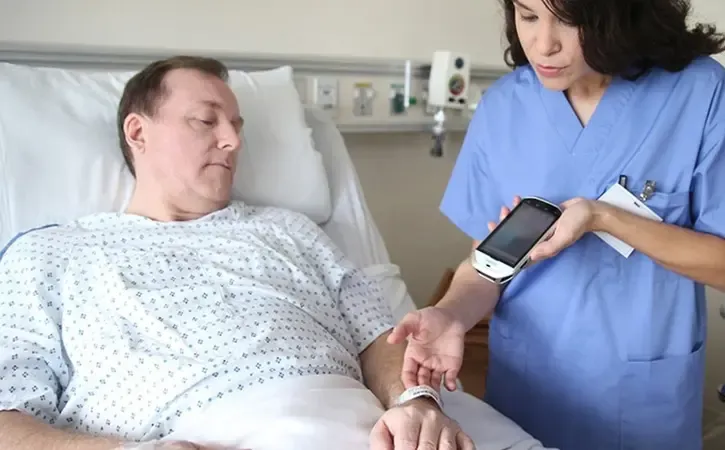
What are healthcare mobility solutions?
Healthcare mobility solutions refer to the use of mobile technologies like smartphones, tablets, wearable devices, and mobile apps to improve how healthcare services are delivered, accessed, and managed.
These solutions are designed to simplify communication between medical staff and patients, streamline hospital operations, and provide access to real-time data anytime, anywhere.
Instead of relying solely on desktops or paper records, doctors, nurses, and patients can now interact through mobile apps that support everything from appointment booking and health record access to remote patient monitoring and live consultations.
Key features of mobility solutions in healthcare:
- Access to patient health records from mobile devices
- Real-time communication between doctors, nurses, and departments
- Remote patient monitoring through connected devices
- Integration with hospital management systems
- Mobile notifications for test results, medication, or scheduling
Whether you're looking to build a complete patient engagement software system or integrate remote patient monitoring into your services, mobility plays a core role in delivering faster, safer, and more personalized care.
Hospitals and care providers that invest in custom healthcare software services aligned with mobile technology are not just improving efficiency. They’re creating a more connected and responsive care environment for everyone involved.
Key benefits of mobility technology in healthcare for hospitals
Adopting healthcare mobility solutions is about improving how your hospital runs, how your staff works, and how your patients feel during every interaction.
From cutting delays to increasing access, mobility helps hospitals offer smarter, faster, and more responsive care.
Here are some of the top benefits:
Better communication and coordination
Doctors, nurses, and staff can communicate instantly using mobile apps. It reduces delays in patient care and helps coordinate tasks more effectively across departments.
Faster access to patient data
With integrated healthcare mobile solutions, medical staff can securely access patient records, lab results, or prescriptions in real time — even during rounds or emergencies.
Improved patient experience
Mobile solutions support easier check-ins, appointment tracking, and personalized notifications, creating a smoother experience and boosting patient satisfaction.
Enhanced remote patient monitoring
Mobility tools connected to wearable devices allow for constant tracking of vitals and other health indicators, reducing hospital readmissions and enabling preventive care.
Streamlined hospital operations
Digital forms, mobile-based reporting, and centralized dashboards reduce paperwork, minimize errors, and improve overall workflow efficiency.
Increased staff productivity
Tasks like documentation, order entry, and patient updates become quicker, giving healthcare professionals more time to focus on care delivery.
Support for real-time decision-making
With real-time data, alerts, and analytics available through patient engagement software, doctors can make faster, more informed decisions at the point of care.
By integrating these mobile tools into your systems through custom healthcare software services, your hospital becomes more agile, more responsive, and more aligned with today’s patient expectations.
How mobility helps improve quality of patient care?
Improving the quality of patient care goes beyond treatment. It involves faster response times, clearer communication, and ensuring that patients feel supported throughout their healthcare journey. This is exactly where mobility solutions in healthcare make a measurable impact.
When your hospital staff is empowered with mobile tools, they can work faster, access information on the go, and respond to patient needs with greater accuracy.
Here's how mobility drives better care:
- Faster response in emergencies
Doctors can instantly access patient histories, reports, or test results from their mobile devices, speeding up critical decisions.
- Personalized patient interactions
Using patient engagement software, healthcare providers can send tailored alerts, medication reminders, or care updates, making the experience feel more connected.
- Continuous monitoring outside the hospital
With remote patient monitoring, patients with chronic illnesses or post-surgery needs can be tracked at home, helping providers intervene before issues escalate.
- Reduced communication gaps
Nurses and physicians stay synced on patient status in real time, reducing errors or repeated tests and improving continuity of care.
- Greater patient involvement
Patients can use mobile apps to review prescriptions, book appointments, or contact care teams — making them active participants in their recovery.
By investing in custom healthcare software services, hospitals can build mobile platforms that support faster, safer, and more personalized care — exactly what today’s patients expect.
By choosing to hire mobile app developers with healthcare expertise, hospitals can build mobile platforms that support faster, safer, and more personalized care, exactly what today’s patients expect.
How mobility transforms hospital care & communication?
The role of remote patient monitoring in improving patient healthcare continues to grow, allowing medical teams to track patient vitals, symptoms, and progress in real time. This not only supports timely interventions but also enhances overall care quality by extending medical supervision beyond the hospital setting.
1. Making patient’s records go paperless
Searching the health records in the shelves of the hospital is a tedious task and sometimes, a little delay in the information proves to be fatal for the patient. That’s where digitizing the patient’s data is a panacea.
The complete health records like- X ray, vitals, prescriptions, medical history, previous consultations and discharge notes of the patients is stored centrally in the hospital information system and become accessible to the physicians on mobile.
The handy access to the patient’s clinical data is revolutionary for emergency consultations. Moreover, the physicians can make the changes in the health records, so that the patient’s health data always remain updated.
According to the BMJ Quality & Safety study, “Replacing paper health records with electronic health records have reduced the death rates by 15 percent.”
The Medical Practice Management Software is an add-on wherein capturing the patient’s health data, appointment scheduling, automated billing and report generation is viable at one place.
2. Patient’s management digitally
Increasingly, the hospitals are integrating Patient Management software so that physicians can check the patient’s previous health records, examine the current health status and suggest the lab tests to perform at the fingertips.
Also, health diagnosis apps enable the measurement of blood pressure, heart rate, glucose level, visual activity and pretty more in a matter of seconds.
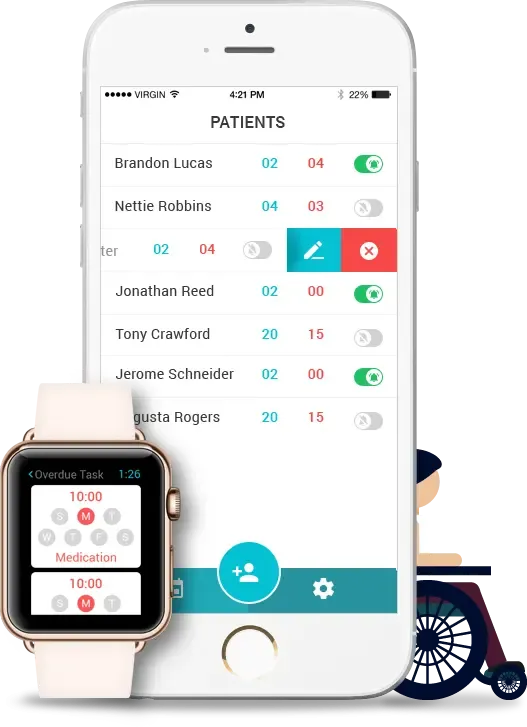
According to Manhattan research, “The reliance on electronic resources reduces the clinical decision-making time by half, minimizes the cost involved in treatment and decreases the unnecessary procedures that have to be performed.”
Besides, there are medical calculator apps which inform the physicians about risk score after entering certain parameters. These are time-inexpensive and proved to be error-free in a fast-paced clinical environment to produce reliable results.
Consequently, more lives can be saved with handy diagnosis, risk score determination, and speedy clinical decision-making.
3. Communication and consulting becomes easier
In the hospital, there are multiple locations such as inpatient wards, clinics, outpatient services, labs, intensive care units, operation theater, which needs to be connected.
The mobile application development allows the people in the hospital to connect and collaborate off the bat through text, email or video call, which simplify and speed up the treatment.
For instance: The information from labs can be rapidly communicated to the physicians in the operation theater without needing to wait for a person to physically bring the reports from the labs.
The nurses in the inpatient wards can immediately consult the physician so that no time gets wasted and better medical decisions can be taken in the emergency cases.
Furthermore, there are some healthcare apps like MediCal that enable quick consultation, diagnosis and prescription from the physician through video conference remotely. The remote treatment works like a hospital in the pocket for the people.
4. Optimize the nursing activity
Nurses in the hospital find it difficult to remember the shifts, update with the tasks, attend patients and provide prescriptions which impact patient care.
The cohesive mobile application for nurses helps in the better management of the patient’s medicinal schedule that enable faster recovery and improved patient care.
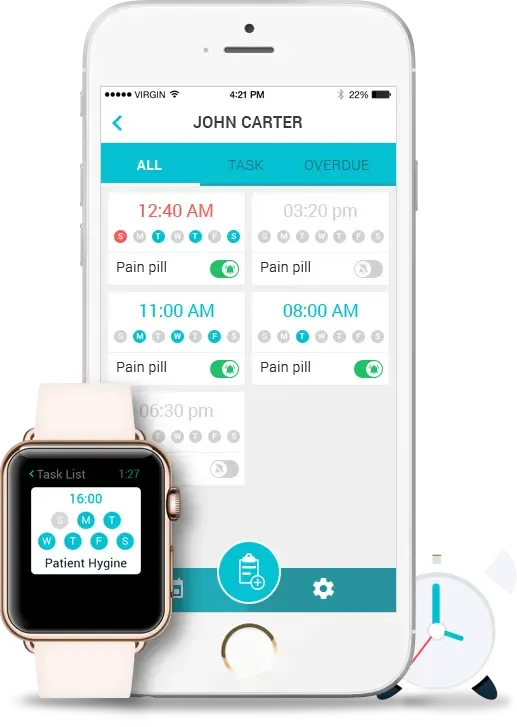
NurseAlert app is a magic bullet that’s brilliant in keeping the nurses up-to-date with shift management, never let the nurses forget to attend the patient and provide medicine on time through pill reminders, and other tasks can also be assigned and reminded to them. Additionally, nurses can create and set the automated reminders for the repeated tasks.
5. Telemedicine
In this medium healthcare services are provided without visiting patients. This technology is generally used for follow-up visits, chronic diseases, special consultations where a personal visit to a doctor is not possible like a patient living in an isolated area and needing emergency treatment.
In that case, the doctors available can share appropriate information like X-rays, Scans, etc and patients can receive quick help in diagnosis and treatment.
Conclusion
The deep penetration of the mobile apps is transforming the way patients are given medicinal treatment in the hospital and addressing all the challenges the healthcare industry is facing.
Many healthcare giants have leapfrogged in the healthcare industry embracing advanced mobility solutions for better patient care. Then, what are you waiting for? Do you also want the hospital to deliver the best care to the patients?
If so, get partnered with Peerbits team where the best-in-class mHealth solutions and Wearable health apps Solutions are engineered that lets you make great strides.


